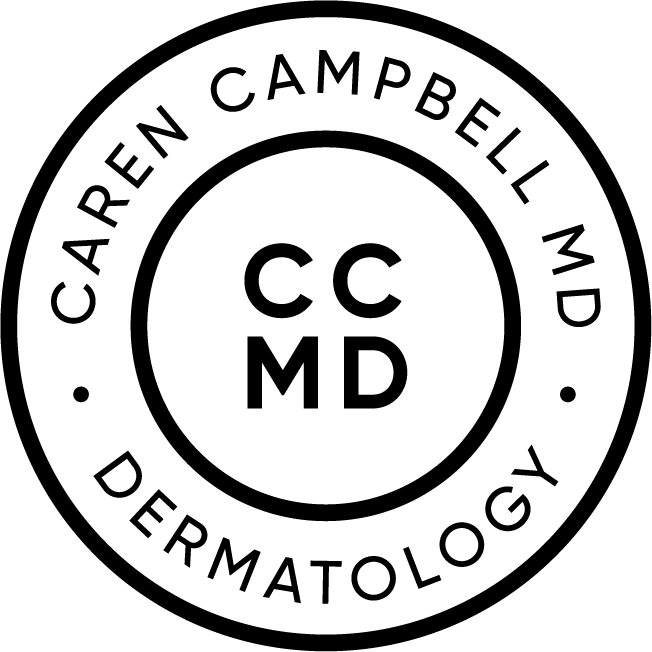Molluscum Contagiosum
What is Molluscum contagiosum?
Molluscum is caused by a virus that infects the superficial layers of skin and is contagious.
How do you treat molluscum?
Treatment options include doing nothing and observing the lesions over time, use of cantharidin (blistering beetle juice), curettage (gentle scraping with sterile metal instrument), and cryotherapy (freezing with liquid nitrogen).
Is it true you do not need to treat molluscum?
A study in Pediatric Dermatology showed lesions completely resolved in approximately 50% of children within 12 months and in 70% within 18 months. Treatment did not shorten the time to resolution. This study further supports the idea that treatment is not always needed since the body's immune system will eventually attack the lesions; however, this can take months to years. When lesions become numerous, they are much harder to treat and can activate the immune system, leading to a diffuse pruritic rash.
In children, we typically treat with cantharidin (blistering beetle juice), which forms a superficial blister of the skin. The intracellular viral particles are removed when the blister roof sloughs off. Side effects include (but are not limited to): pigment alteration of the skin and scarring, which can occur with or without active treatment from the molluscum.
In adults, molluscum are typically an STD (sexually transmitted disease) and given their infectious nature, treatment is usually performed with liquid nitrogen or curettage. In immunosuppressed adult patients, molluscum can occur from close contact and may or may not be caused by sexual contact.
Does molluscum scar?
Like chickenpox, the virus in the same family as molluscum, a small divot can form at the site of the infection with or without treatment.

